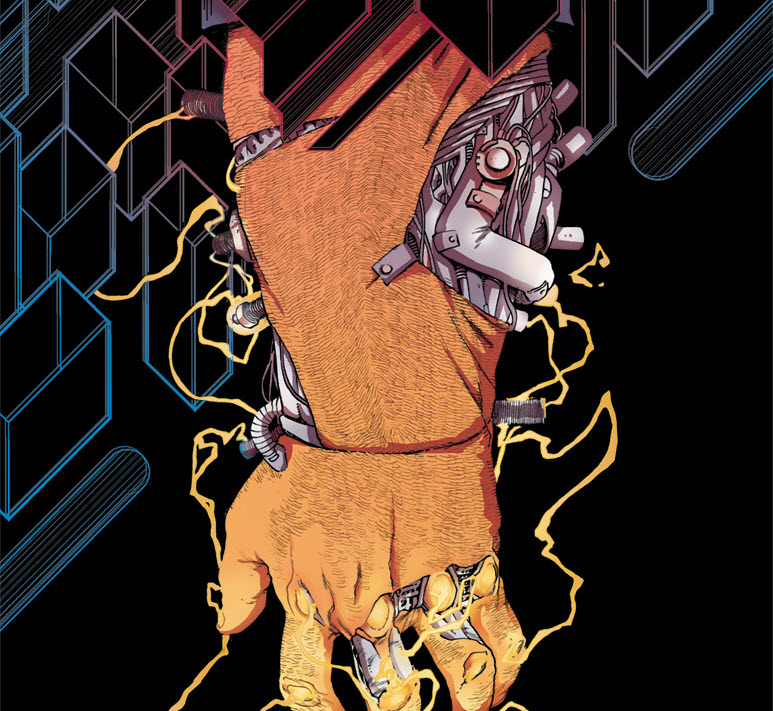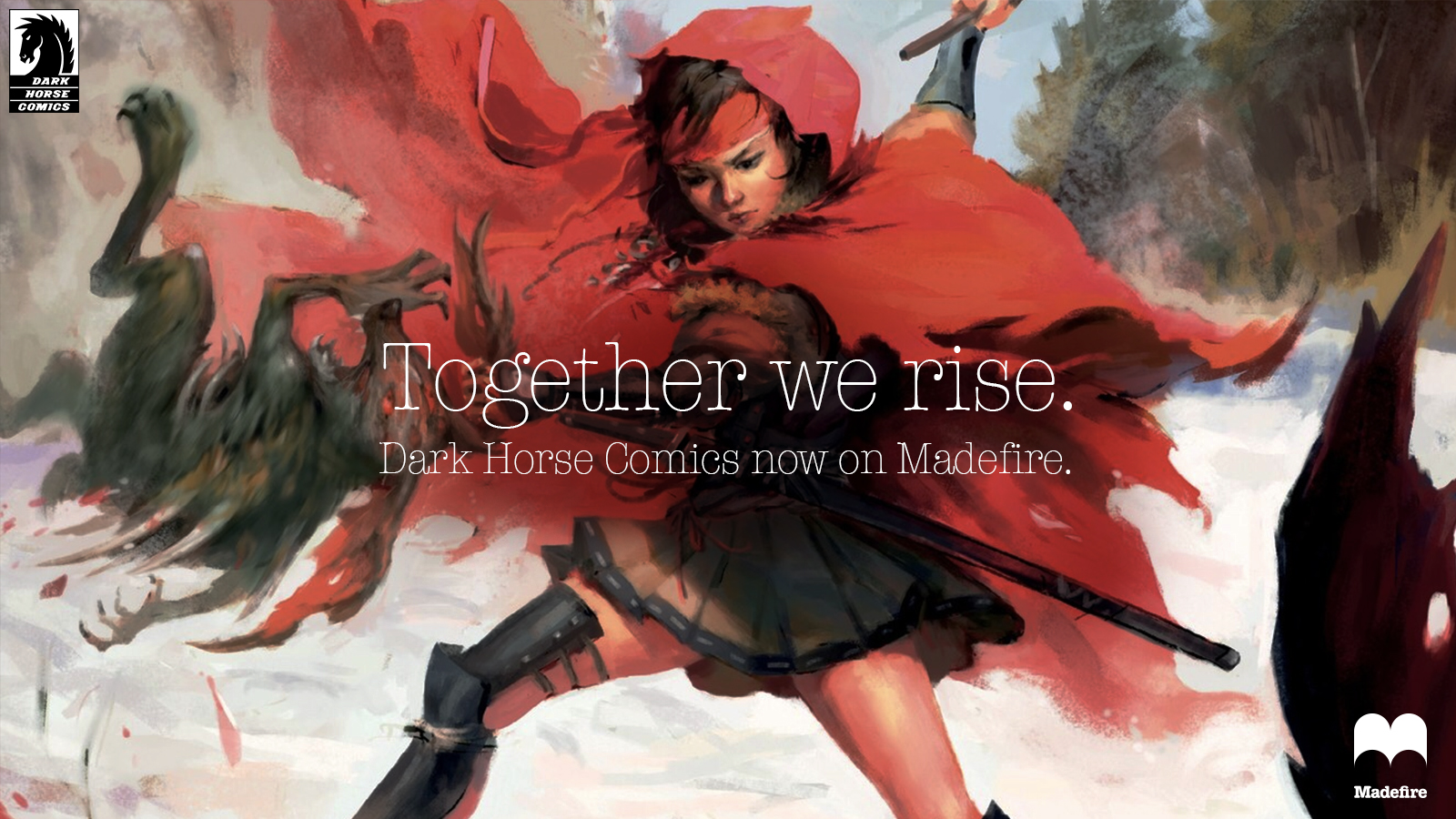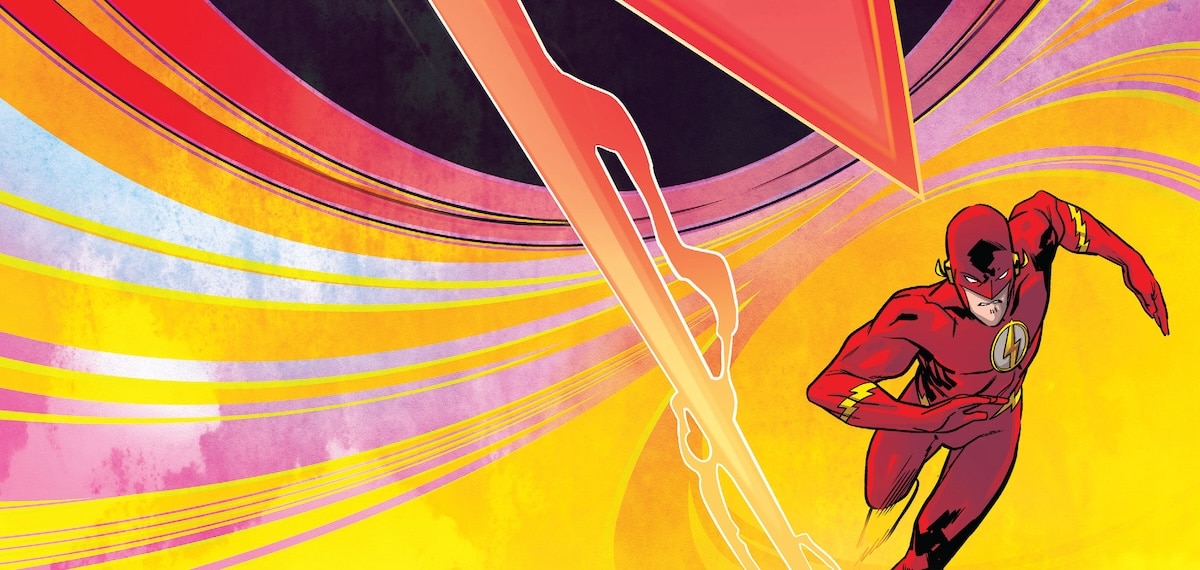By Todd Allen
![marvel_hero_20100403_thumb[2]](https://www.comicsbeat.com/wp-content/uploads/2012/05/marvel_hero_20100403_thumb2-200x270.jpg)
In the last year, we’ve seen the big players in eBooks blink. Amazon caused all manner of chaos when they signed an exclusive deal for some digital graphic novels with DC. That deal caused Barnes & Noble to pull print copies of DC graphic novels off their shelves. It may or may not have something to do with people being unable to directly download DC titles to the Comixology app on their Kindle Fire (I have yet to hear a straight answer on that one).
Barnes & Noble got a deal to highlight some digital graphic novels from Marvel. It should be noted that the press surrounding Comixology’s Marvel exclusive was specifically referring to the exclusive as for the monthly titles. Digital graphic novels/tpbs were not mentioned.
Then over at Robot 6, we get a little more confirmation of these things, as iVerse CEO Michael Murphy talks about his relationship with Marvel:
Marvel and iVerse have a good relationship. We haven’t ever sold day-and-date product for Marvel. We have always sold either single issues or graphic novels, and since we switched to graphic novels a month ago, our Marvel sales are better than they have ever been. We have started focusing on graphic novels — not just with Marvel; we have graphic novels with a lot of people. The graphic novels have done very well. The higher price point actually works really well for customers who aren’t direct market customers because they are used to e-book prices. The price of a graphic novel is comparable to an e-book price, so that is not bothersome to them. That is very exciting, and it is directing some of the ways we are modifying ourselves as we go along to accommodate that kind of customer.
and
We have Marvel graphic novels in our app right now. Our top selling graphic novel last week was our Avengers Disassembled.
Right now, there are three trends going on in digital comics:
- Simultaneous print and digital release — not a surprise, most people are on board with this
- Original digital series — Plenty of experimentation, with Archie, DC, IDW and Marvel all experimenting
- Digital graphic novels
There isn’t a lot of data available to the public about digital graphic novel sales. We know that Amazon and Barnes & Noble have expressed enough confidence to go out and get some. I’ve heard, anecdotally, that Walking Dead sells well as a digital graphic novel. It certainly seems like the general public prefers the graphic novel to the single issue in the print world.
Are Comixology and Diamond Digital squaring off for an exclusivity battle in the digital world, the way Diamond iced out all the competing distributors in the 1990s? Quite possibly, although less people are signing digital exclusives and Diamond isn’t walking in with the upper hand this time.
Are digital monthlies going to be an extension of the direct market? I don’t have an answer for that. The exclusivity thing brings up echoes of the old distributor wars. DC’s sales charts would indicate that the people buying DC digitally seem to be mirroring Direct Market buying patterns — be it people who just aren’t close to a shop or prefer digital, it looks like the same purchasing habits. We haven’t seen any data from Marvel since they went simultaneous release, but that’s still very young for them. I’m curious if they see the same thing as DC. We know from old circulation audits that Marvel’s newsstand pecking order was always a little different. Spider-Man, especially Spider-Man Adventures was huge and Nova a top newsstand book.
Are digital graphic novels going to be the general public’s preferred reading format for digital, just like it is in print? Again, I don’t know the answer to that. Amazon and Barnes & Noble seem to be placing bets. iVerse is moving that way. Graphic.ly is definitely moving towards native eReader formats, which tends to dovetail with digital graphic novels.
Still, these are questions worth asking. We’ll just have to wait and see what shakes out.







The tipping point would be a digital-only character, or digital-only, hot creative team mini series. THAT would be an interesting experiment to watch.
Al, I assume you mean “digital-only thru an app, from a major publisher” (like DC and Marvel’s early experiments with DM-only titles). Because there are more digital-only comics out there than you can wave a mouse pointer at.
“. . . The higher price point actually works really well for customers who aren’t direct market customers because they are used to e-book prices. . .”
This sentence really irks me. Higher price points NEVER work well for customers. It’s just that the customers they’re catering to, don’t KNOW any better, so it works well for iverse. I don’t use the iverse store, I don’t know how much they charge for it, but this sentence comes off as, “We’re going to charge higher than normal because we CAN.”
Kevin-
I believe your misinterpreting what is being said. I believe what Michael is trying to get across is that readers prefer the format (a much larger chunk of reading material) and don’t mind paying a commensurate fee (as opposed to the lower, periodical fees) to get the larger chunk of material.
I know Michael to be an honest business man who is trying in every way to bring readers, new and old, to the comic medium.
You should try the Comics + app. It’s a solid platform.
Yeah, Kevin, I read that statement as “our customers prefer to pay $15 for 150 pages than $4 for 22 pages” (price points and page counts plucked out of the air, but you get my point).
Jason, right. You phrased it better than I with your “digital-only thru an app, from a major publisher”.
At the price-point that Marvel & DC insist on having for digital downloads, I’m leaning toward creator-owned having the first digital only character.
Price comparison:
X-Factor, Volume 1: The Longest Night
six issues, 144 pages
nook e-book: $10.99, on sale: $9.34
trade paperback: $14.99, out-of-print
Star Wars The Clone Wars: The Enemy Within
80 pages
nook e-book: $7.99, on sale: $6.79
trade paperback: $7.99, no discount
So, the pricing is in line with the paper book prices, if not cheaper.
” The higher price point actually works really well for customers who aren’t direct market customers because they are used to e-book prices.”
But e-book readers are used to paying less for e-books than paper books. That’s one of the reasons they’re so attractive.
Kevin,
The higher price point I’m referencing in the conversation is the higher price of a graphic novel or trade vs. a single issue.
I’m not in any way suggesting that customers should be charged more for a product just because they can.
When I talk about how they are “used to ebook prices” what I mean is they don’t balk at paying $9.99 for a completed story. They are MORE likely to balk at paying $2.99 or $3.99 for only a piece of that story.
Chris,
At iVerse we don’t set the price points for the books — the publishers do. If they choose to discount the digital product we’re happy to sell it for that price. If they want it sold at the same price as print – we do as they ask.